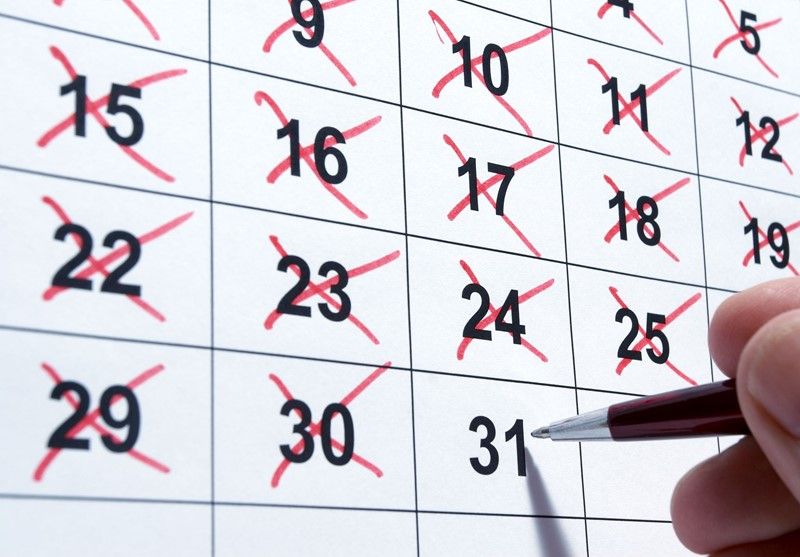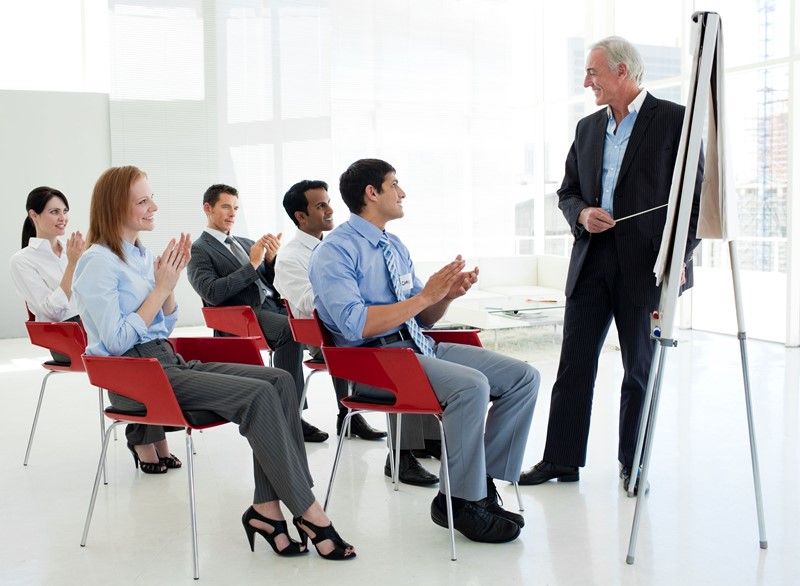Tax Diary November/December 2025
1 November 2025 – Due date for Corporation Tax due for the year ended 31 January 2025.
19 November 2025 – PAYE and NIC deductions due for month ended 5 November 2024. (If you pay your tax electronically the due date is 22 November 2025.)
19 November 2025 – Filing deadline for the CIS300 monthly return for the month ended 5 November 2025.
19 November 2025 – CIS tax deducted for the month ended 5 November 2025 is payable by today.
1 December 2025 – Due date for Corporation Tax payable for the year ended 28 February 2025.
19 December 2025 – PAYE and NIC deductions due for month ended 5 December 2025. (If you pay your tax electronically the due date is 22 December 2025).
19 December 2025 – Filing deadline for the CIS300 monthly return for the month ended 5 December 2025.
19 December 2025 – CIS tax deducted for the month ended 5 December 2025 is payable by today.
30 December 2025 – Deadline for filing 2024-25 self-assessment tax returns online to include a claim for under payments to be collected via tax code in 2026-27.




